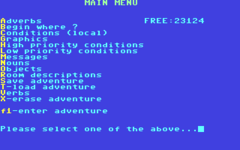
The Quill is a program to write home computer adventure games. Written by Graeme Yeandle, it was published on the ZX Spectrum by Gilsoft in December 1983. Although available to the general public, it was used by several games companies to create best-selling titles; over 450 commercially published titles for the ZX Spectrum were written using The Quill.

CRL Group plc was a British video game development and publishing company. Originally CRL stood for "Computer Rentals Limited". It was based in King's Yard, London and run by Clem Chambers.
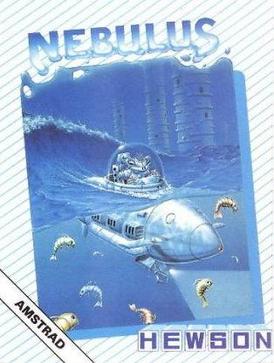
Nebulus is a platform game created by John M. Phillips and published by Hewson Consultants in the late 1980s for home computer systems. International releases and ports were known by various other names: Castelian, Kyorochan Land, Subline, and Tower Toppler.

Jet Set Willy II: The Final Frontier is a platform game released 1985 by Software Projects as the Amstrad CPC port of Jet Set Willy. It was then rebranded as the sequel and ported other home computers. Jet Set Willy II was developed by Derrick P. Rowson and Steve Wetherill rather than Jet Set Willy programmer Matthew Smith and is an expansion of the original game, rather than an entirely new one.

Tynesoft Computer Software was a software developer and publisher in the 1980s and early 1990s.

Artic Computing was a software development company based in Brandesburton, England from 1980 to 1986. The company's first games were for the Sinclair ZX81 home computer, but they expanded and were also responsible for various ZX Spectrum, Commodore 64, BBC Micro, Acorn Electron and Amstrad CPC computer games. The company was set up by Richard Turner and Chris Thornton. Charles Cecil, who later founded Revolution Software, joined the company shortly after it was founded, writing Adventures B through D. Developer Jon Ritman produced a number of ZX81 and Spectrum games for Artic before moving to Ocean Software.
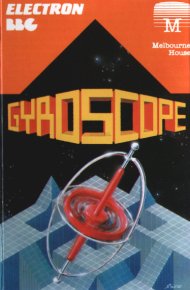
Gyroscope is an action video game published by Melbourne House in 1985 for the Acorn Electron, Amstrad CPC, BBC Micro, Commodore 64, and ZX Spectrum. It is based on the Atari Games arcade title Marble Madness. Melbourne House would go on to publish the official ports of Marble Madness for the ZX Spectrum and Amstrad CPC, but these were not based on Gyrosope.
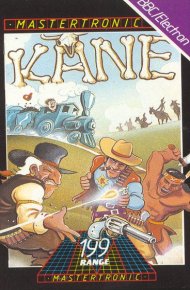
Kane is a multi-section action game published by Mastertronic for the Commodore 64 in 1986. It was ported to the Acorn Electron, Amstrad CPC, BBC Micro, ZX Spectrum, and the Commodore 16 and Plus/4. The game is set in the Wild West, and its name is a reference to the main character of the film High Noon. It consists of four distinct scenes, although some versions only contain two. A sequel was released in 1988.
Alligata Software Ltd. was a computer games developer and publisher based in Sheffield in the UK in the 1980s.
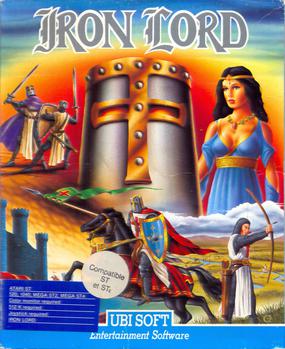
Iron Lord is an adventure video game developed by Orou Mama and Ivan Jacot for the Atari ST and published by Ubi Soft in 1989. It was ported to the Amiga, Acorn Archimedes, Amstrad CPC, Commodore 64, ZX Spectrum, and DOS.
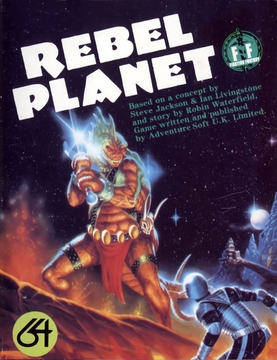
Rebel Planet is a role-playing video game published by Adventure Soft in 1985 for the Acorn Electron, Amstrad CPC, BBC Micro, Commodore 64, and ZX Spectrum.
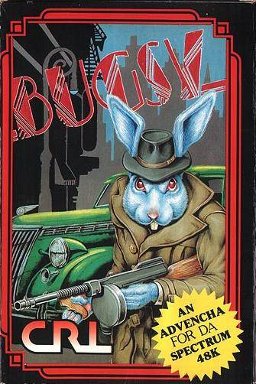
Bugsy, also known as The King of Chicago, is a 1986 graphic adventure game for the Commodore 64, Amstrad CPC, and ZX Spectrum developed by St. Bride's School and published by CRL Group exclusively in Europe. Its protagonist, Bugsy Maroon, is a rabbit gangster in 1922 Chicago.

Brian Clough's Football Fortunes is a video game featuring Brian Clough, released in 1987 for the Amiga, Amstrad CPC, Amstrad PCW, Atari 8-bit, Atari ST, BBC Micro, Commodore 16, Commodore Plus/4, Commodore 64, DOS, Acorn Electron, MSX and ZX Spectrum.
Addictive Games was a UK video game publisher in the 1980s and early 1990s. It is best known for the Football Manager series of games created by company founder Kevin Toms. The company was originally based in Milton Keynes, England, and later relocated to Bournemouth, in southern England.

Human Killing Machine is a 2D fighting video game. The game was developed by British company Tiertex, who hired external team Blue Turtle to produce the graphics, and published by U.S. Gold, released in March 1989. It was touted as a sequel to Tiertex's home computer conversion of Street Fighter. It was released for 8-bit and 16-bit home computer formats.
The English Software Company, later shortened to English Software, was a Manchester, UK-based video game developer and publisher that operated from 1982 until 1987. Starting with its first release, the horizontally scrolling shooter Airstrike, English Software focused on the Atari 8-bit family of home computers, then later expanded onto other platforms. The company used the slogan "The power of excitement".

By Fair Means or Foul is a boxing video game first published for a range of 8-bit home computers in 1988 by Superior Software. It was later reissued with the new title by Codemasters who also published conversions for 16-bit computers. The game offers a variety of boxing moves including fouls. The game received mixed reviews.

The Real Ghostbusters is a 1987 shoot 'em up arcade game developed and published by Data East. It is loosely based on the animated series of the same name. In Japan, Data East released it as a non-Ghostbusters arcade game under the title Meikyuu Hunter G. In 1989, Activision published The Real Ghostbusters for Amiga, Amstrad CPC, Atari ST, Commodore 64, and ZX Spectrum.
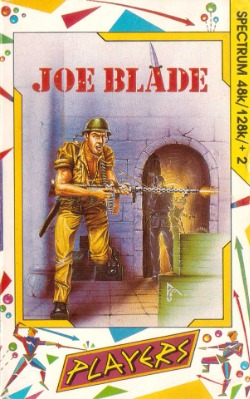
Joe Blade is a game published by Interceptor Micros on their Players budget label for the ZX Spectrum, Commodore 64 and Amstrad CPC in 1987. It reached the top of the UK game charts, replacing Renegade. In Germany, the game peaked at number 7. It was later ported to the Acorn Electron, BBC Micro, Atari 8-bit, MSX, Amiga and ST and a sequel, Joe Blade 2, was published in 1988. Another sequel, Joe Blade 3, was released in 1989.
